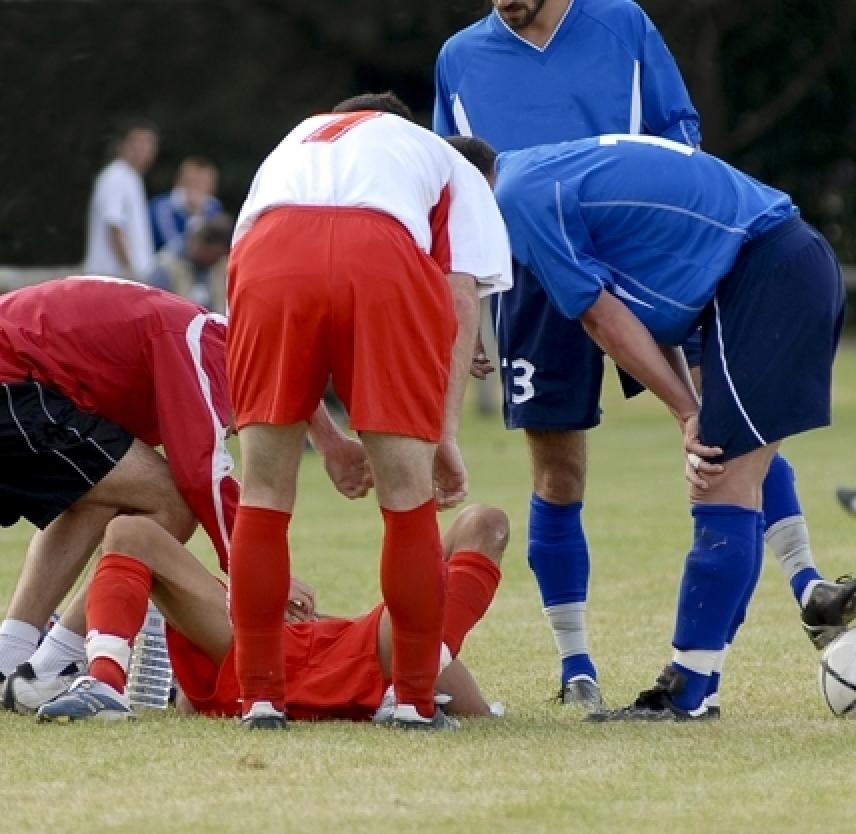
Signs and Symptoms
Athletes who experience one or more of the signs or symptoms listed below after a bump, blow, or jolt to the head or body may have a concussion.
Signs Observed by Coaching Staff
- Appears dazed or stunned
- Is confused about assignment or position
- Forgets an instruction
- Is unsure of game, score, or opponent
- Moves clumsily
- Answers questions slowly
- Loses consciousness (even briefly)
- Shows mood, behavior, or personality changes
- Can’t recall events prior to hit or fall
- Can’t recall events after hit or fall
Symptoms Reported by Athlete
- Headache or “pressure” in head
- Nausea or vomiting
- Balance problems or dizziness
- Double or blurry vision
- Sensitivity to light
- Sensitivity to noise
- Feeling sluggish, hazy, foggy, or groggy
- Concentration or memory problems
- Confusion
- Just not “feeling right” or is “feeling down”
Action Plan
As a coach, if you think an athlete may have a concussion, you should:
- Remove the athlete from play.
- Keep an athlete with a possible concussion out of play on the same day of the injury and until cleared by a health care provider. Do not try to judge the severity of the injury yourself. Only a health care provider should assess an athlete for a possible concussion.
- Record and share information about the injury, such as how it happened and the athlete’s symptoms, to help a health care provider assess the athlete.
- Inform the athlete’s parent(s) or guardian(s) about the possible concussion and refer them to CDC’s website for concussion information.
- Ask for written instructions from the athlete’s health care provider about the steps you should take to help the athlete safely return to play. Before returning to play an athlete should:
- Be back to doing their regular school activities.
- Not have any symptoms from the injury when doing normal activities.
- Have the green-light from their health care provider to begin the return to play process.
For more information and to order additional materials free-of-charge, visit: www.cdc.gov/HEADSUP.
The information provided in this document or through linkages to other sites is not a substitute for medical or professional care. Questions about diagnosis and treatment for concussion should be directed to a physician or other health care provider.
